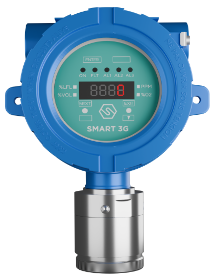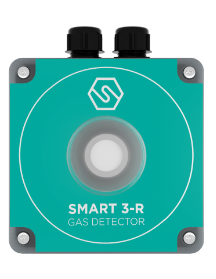WE DON’T COMPROMISE
+SENSE
PRECISION
WITHOUT COMPROMISES:
THE GAS DETECTOR WITH
WIRELESS INTERFACE
FACED TO THE FUTURE.
MANAGE SMART 3
BLIZARD WITH SENSE.
GAS DETECTION
WORLDWIDE.
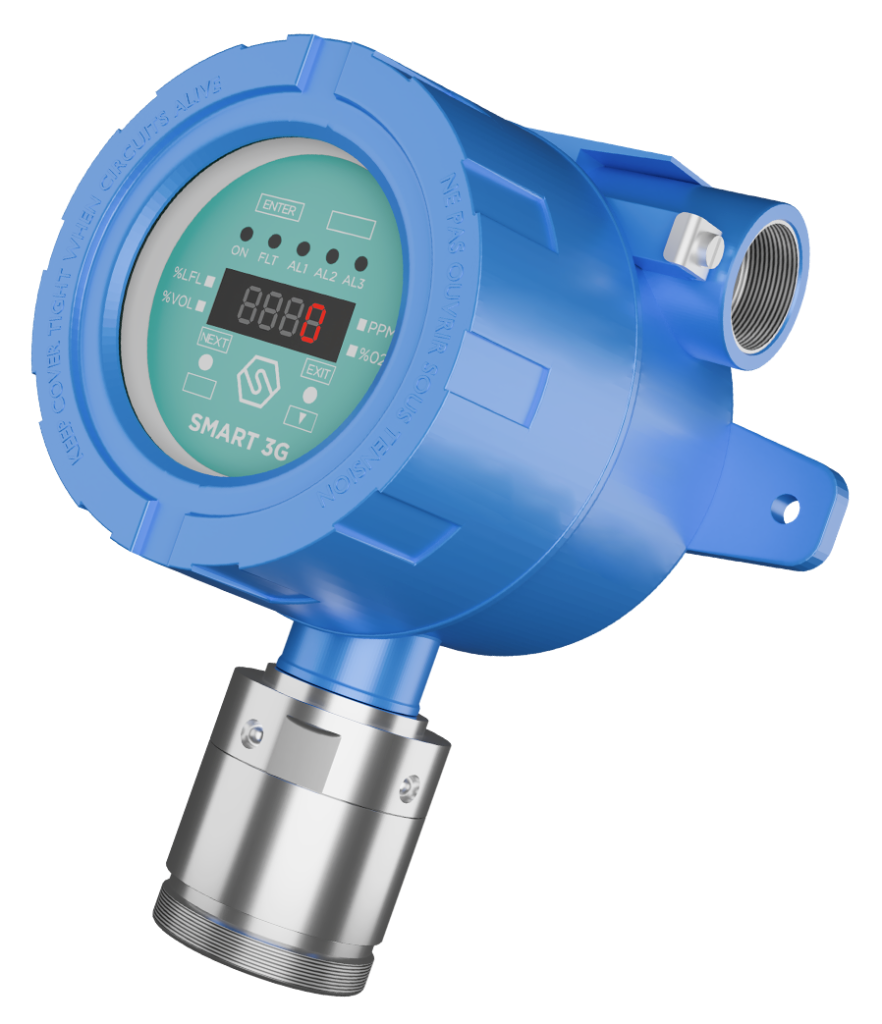
SERIES
OUR
CATALOGUE
PRODUCTS.
The product range consists of
by fixed gas detection systems
consisting of detectors and control panels
control units, for all applications.
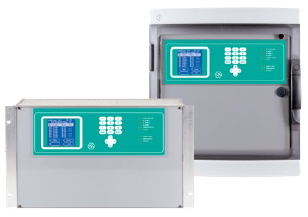
CONTROL PANELS
Control panels are control units designed
to work in small and large systems, in all application spectrums, classified and non-classified.
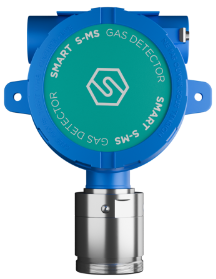
SMART
S
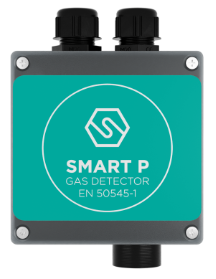
PK
SYSTEM
CUSTOM SOLUTIONS
FOR ALL APPLICATIONS
CONTROL PANEL AND
GAS DETECTORS
CERTIFIED.
All products in Sensitron’s catalog have been tested and received certifications internationally. Risk reduction, performance evaluation, information sending and receiving systems, health requirements, performance evaluation, commercialization, and environmental care.
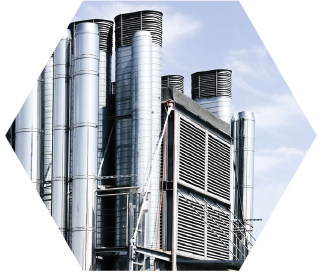

The Safety Integrity Level (SIL) is the ability to reduce the risk acceptable.This is achieved with safety instrumented systems (SIS), as they are designed to detect the situation of danger and take action to prevent or mitigate it.
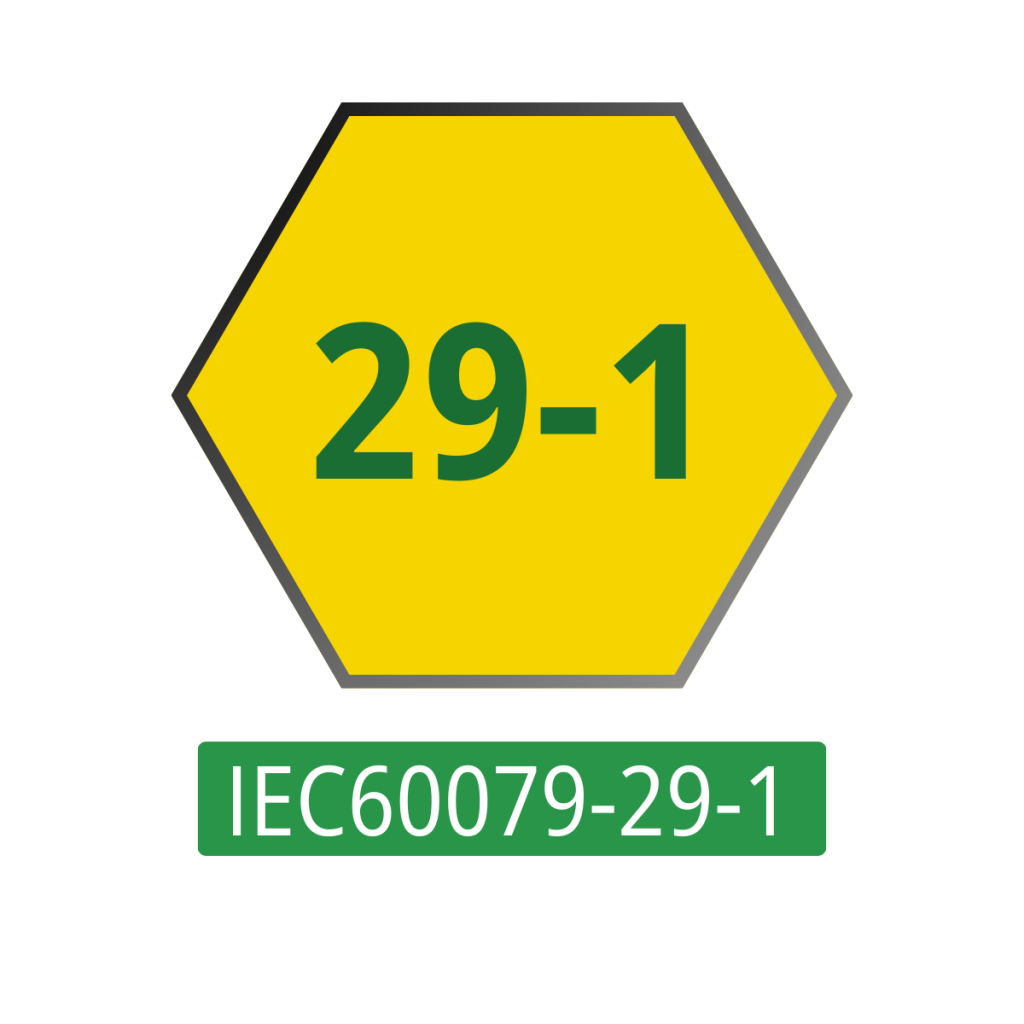
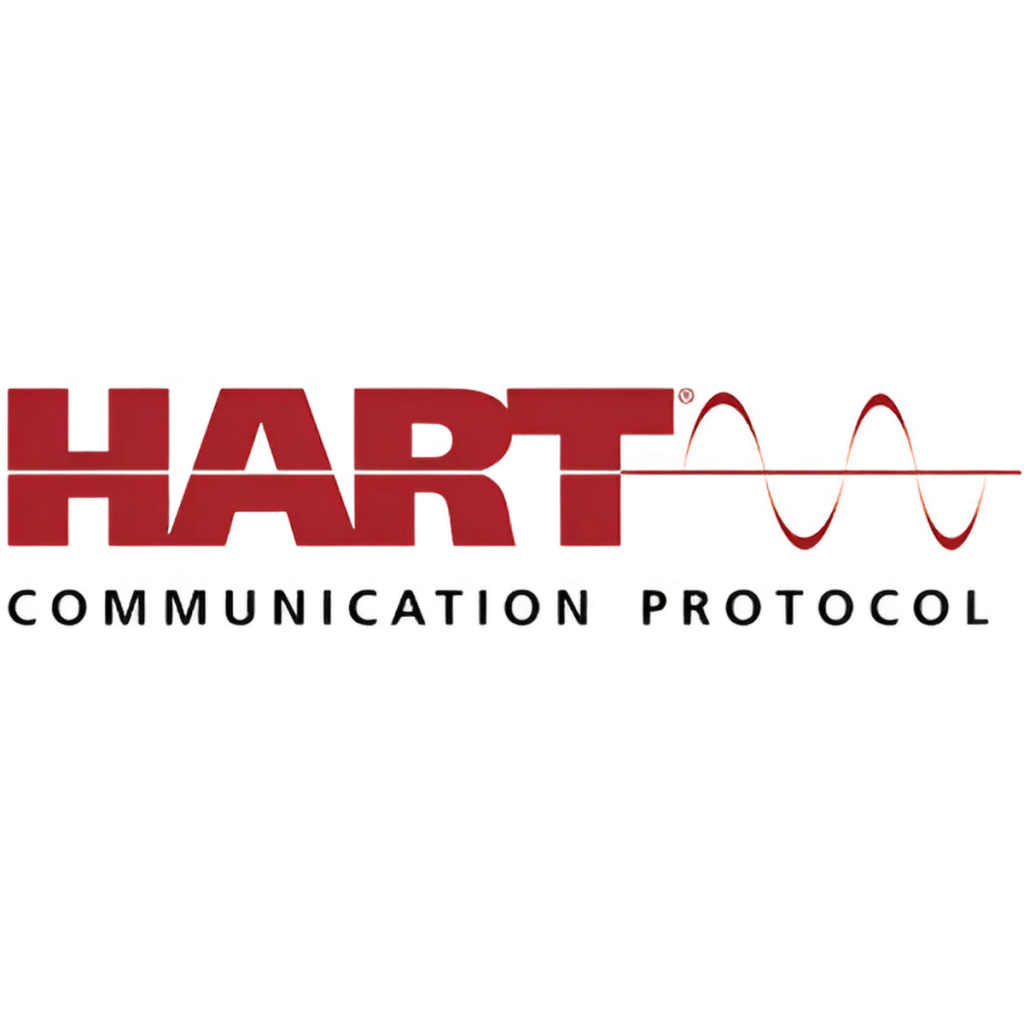
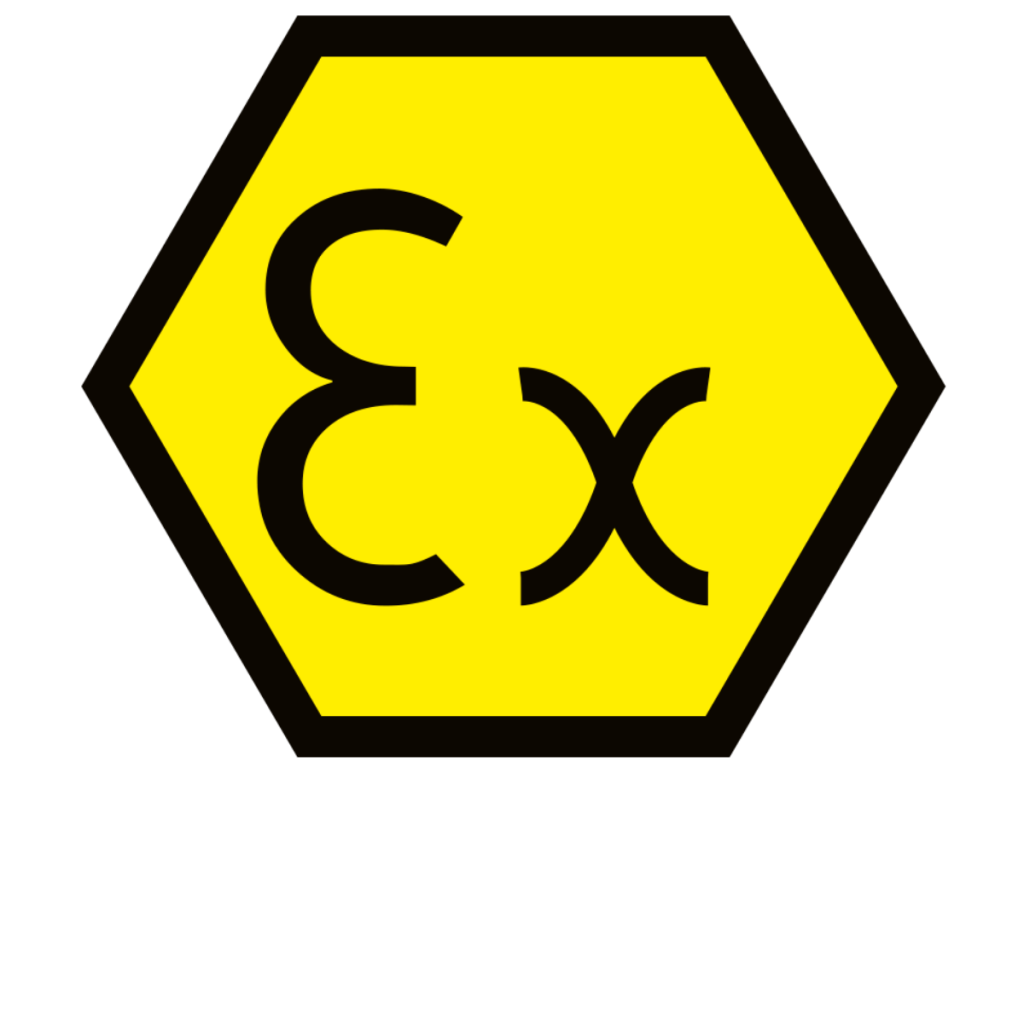

EN 50545-1 is dedicated to systems that enable the detection of toxic and combustible gases in garages. It describes the requirements for gas detectors and control units, the performance they must guarantee, and how to perform tests for evaluation.
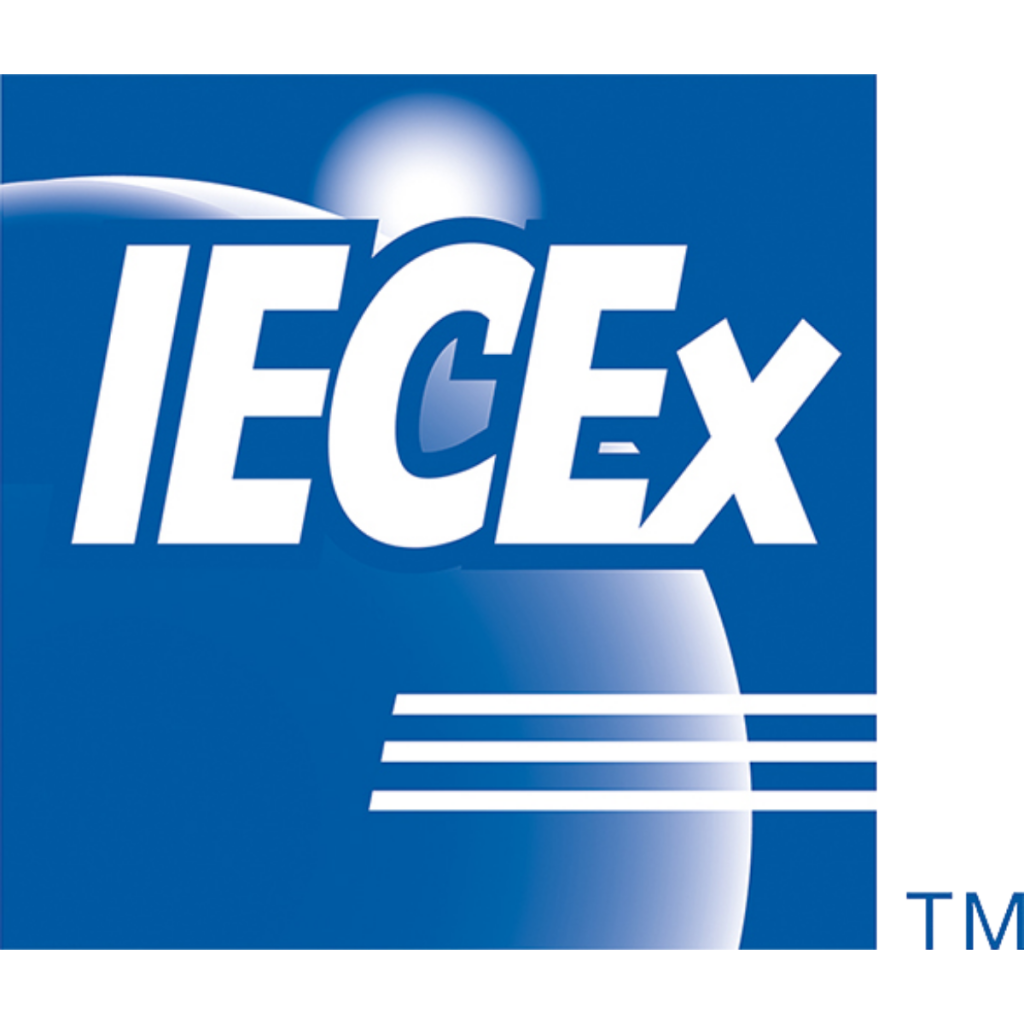
The IECEx system is a system It was developed by the global International Electrotechnical Commission of equipment used in explosive atmospheres.

>>>
AMMONIA
FLAMMABLE
ALSO DETECTABLE BY TOXICITY
>>>
LPG
FLAMMABLE
>>>
HYDROGEN
FLAMMABLE
ALSO DETECTABLE BY TOXICITY
>>>
METHANE
FLAMMABLE
>>>
ACETONE
FLAMMABLE
>>>
CARBON DIOXIDE
TOXYC
POISONING
>>>
VOC
TOXYC
POISONING
>>>
R32
REFRIGERANT
OR TOXICITY
>>>
R152a
REFRIGERANT
OR TOXICITY
>>>
CARBON MONOXIDE
TOXYC
POISONING
>>>
OXYGEN
FLAMMABLE
AND/OR EXPLOSION
>>>
CHLORINE
TOXYC
POISONING
>>>
OZONE
TOXYC
POISONING
>>>
PROPANE
FLAMMABLE
AND/OR EXPLOSION
>>>
TOLUENE
FLAMMABLE
ALSO DETECTABLE AS VOC
>>>
BUTANE
FLAMMABLE
>>>
NITROGEN DIOXIDE
TOXYC
POISONING
